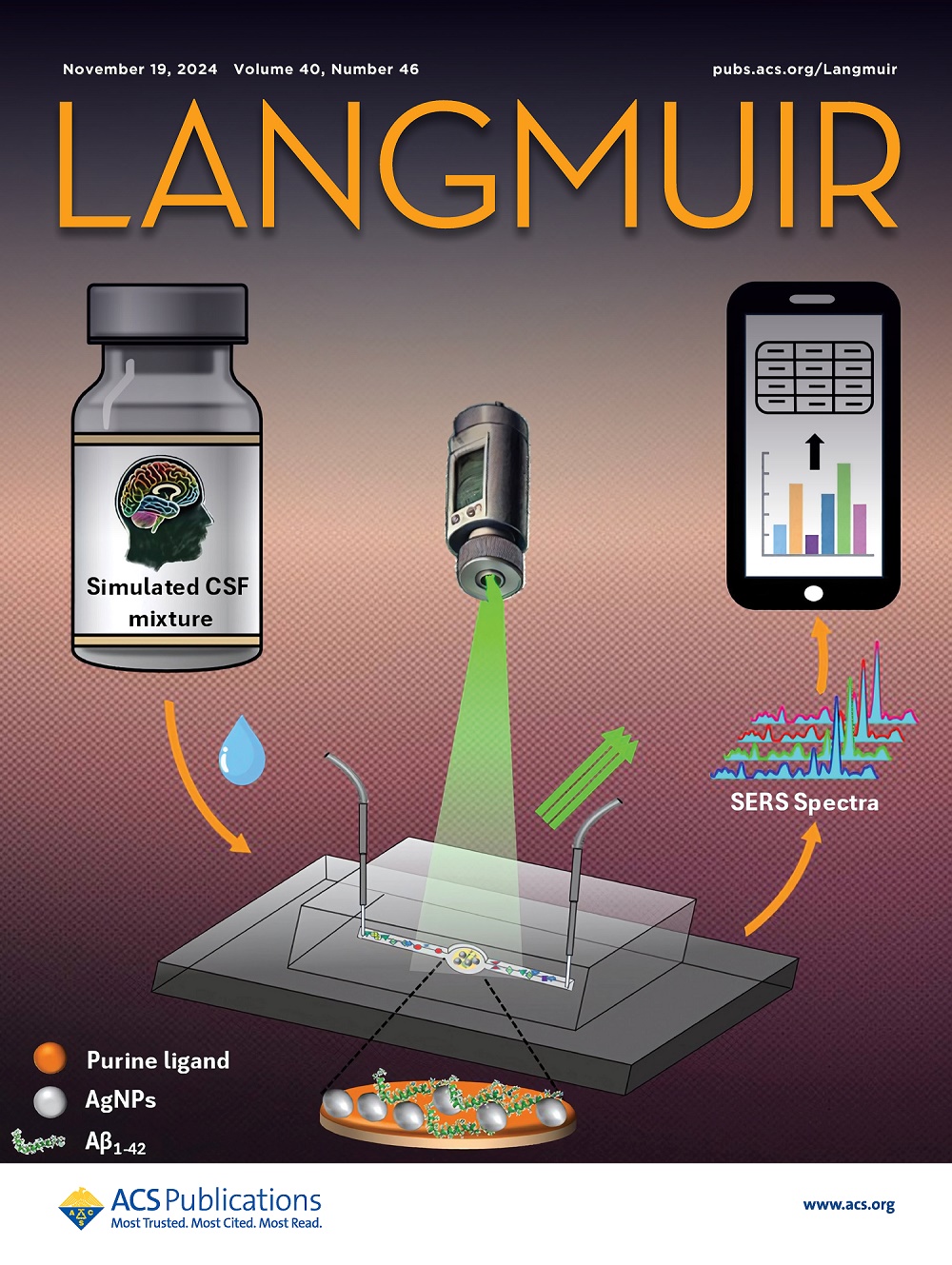丝氨酸接枝的Cu2O电极通过表面敏化促进电解在安培法中实现特异性β-羟基丁酸检测
IF 3.7
2区 化学
Q2 CHEMISTRY, MULTIDISCIPLINARY
引用次数: 0
摘要
随着全球糖尿病患病率的持续上升,家庭健康检测市场经历了快速增长。虽然血糖监测在糖尿病患者中广泛应用,但糖尿病酮症酸中毒的检测方法仍显着缺乏。本研究以丝氨酸固定化氧化铜纳米粒子(Cu2O NPs)为主要电极材料,开发了一种可行的酮酸检测电化学技术。考虑到纳米颗粒表面的丝氨酸通过丝氨酸的羟基与β-HBA的羧酸之间的酯化反应和胺基与酯基之间的另一个分子内亲核酰基取代与β-羟基丁酸盐(β-HBA)偶联形成不可逆的酰胺键,从而使β-HBA沉积在Cu2O np包覆电极表面。β-HBA的定量可以通过安培测量中的电流变化来确定。结果表明,还原电流与β-HBA浓度在0 ~ 20 mM范围内呈高度线性关系,合理的检测限为0.1 mM。此外,还提出了NP表面覆盖介导的电解增强的合理机制。该方法为开发高特异性、高灵敏度的小分子检测传感器提供了一个很好的方向。本文章由计算机程序翻译,如有差异,请以英文原文为准。

Serine-Grafted Cu2O Electrode Enabling Specific β-Hydroxybutyrate Detection by Surface Sensitization-Promoted Electrolysis in Amperometry
As the global prevalence of diabetes continues to rise, the home health testing market has experienced rapid growth. Although blood glucose monitoring is widespread among diabetic patients, there remains a significant lack of testing methods for diabetic ketoacidosis. The present study developed a feasible electrochemical technique for ketoacid detection using serine-immobilized copper(I) oxide nanoparticles (Cu2O NPs) as the primary electrode material. Given that the serine on the nanoparticle surface enables conjugation with β-hydroxybutyrate (β-HBA) through an esterification reaction between the hydroxyl group of serine and carboxylic acid of β-HBA and another intramolecular nucleophilic acyl substitution between amine and ester groups to form irreversible amide bonding, thus resulting in the β-HBA deposition on the surface of the Cu2O NP-coated electrode. The quantification of β-HBA can be determined through current variations in amperometry measurement. The results showed a highly linear relationship between reductive current and β-HBA concentration at 0–20 mM, with a reasonable detection limit of 0.1 mM. Moreover, a reasonable mechanism involving the NP surface covering-mediated electrolysis enhancement was proposed. The present method reveals a promising direction in developing sensors for small molecule detection with high specificity and sensitivity.
求助全文
通过发布文献求助,成功后即可免费获取论文全文。
去求助
来源期刊

Langmuir
化学-材料科学:综合
CiteScore
6.50
自引率
10.30%
发文量
1464
审稿时长
2.1 months
期刊介绍:
Langmuir is an interdisciplinary journal publishing articles in the following subject categories:
Colloids: surfactants and self-assembly, dispersions, emulsions, foams
Interfaces: adsorption, reactions, films, forces
Biological Interfaces: biocolloids, biomolecular and biomimetic materials
Materials: nano- and mesostructured materials, polymers, gels, liquid crystals
Electrochemistry: interfacial charge transfer, charge transport, electrocatalysis, electrokinetic phenomena, bioelectrochemistry
Devices and Applications: sensors, fluidics, patterning, catalysis, photonic crystals
However, when high-impact, original work is submitted that does not fit within the above categories, decisions to accept or decline such papers will be based on one criteria: What Would Irving Do?
Langmuir ranks #2 in citations out of 136 journals in the category of Physical Chemistry with 113,157 total citations. The journal received an Impact Factor of 4.384*.
This journal is also indexed in the categories of Materials Science (ranked #1) and Multidisciplinary Chemistry (ranked #5).
 求助内容:
求助内容: 应助结果提醒方式:
应助结果提醒方式:


